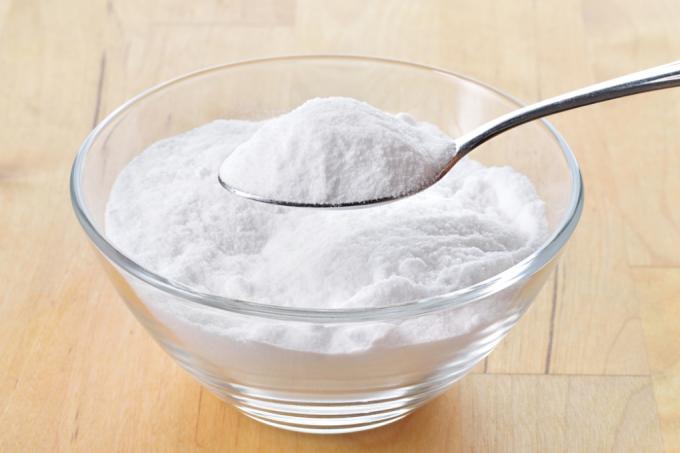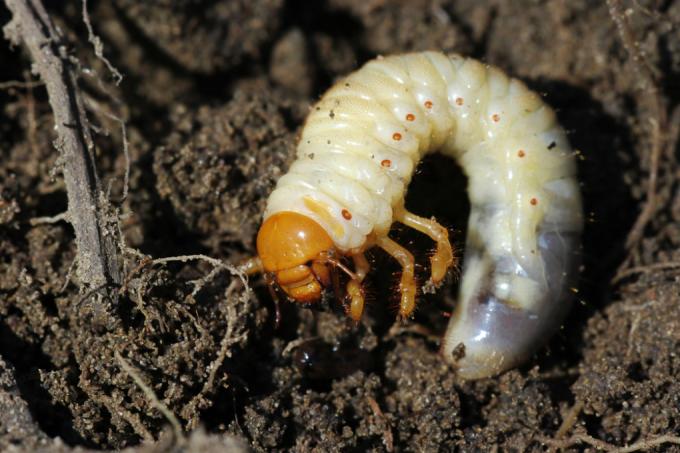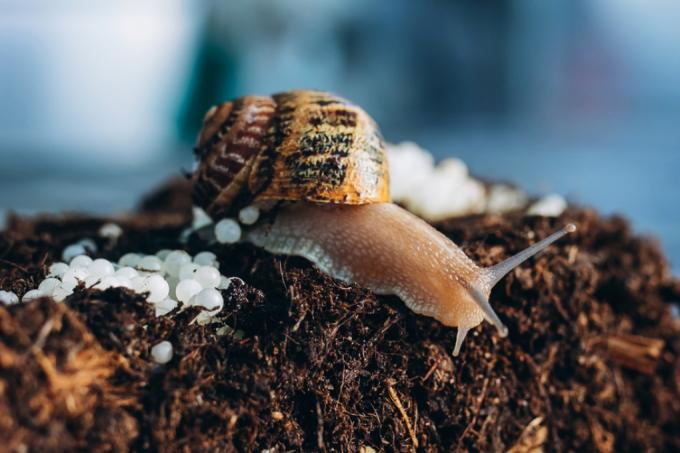What are fungus gnats and do they damage plants?
Fungus gnats, of which there are about 600 species, are found worldwide. The two to four millimeter large flies sit in large numbers on the soil of indoor plants, especially in the winter months. They occur more frequently when the substrate contains humus components. Inferior ones too potting soil can be a cause of the infestation, as eggs or larvae are often found in it.
also read
The adult fungus gnats do not damage the plants. The larvae living in the rootstock, on the other hand, not only feed on dead plant parts, but also nibble on the roots. This can weaken the plants, especially since germs can penetrate through the open wounds.
Fight fungus gnats
As a first measure, you should reduce watering for a while and only water when the surface of the soil is completely dry. You should also use one of the following means:
Spread a two to three millimeter thick layer of bird or quartz sand on the substrate.
- Place or hang yellow boards near the plants. The tiny flies stick to these.
- The nematodes "Steinernema feltiae" kill the larvae of fungus gnats. You can get this as a white powder from specialist retailers. It is simply added to the irrigation water and after about two weeks the flying problem is over.
Prevent fungus gnats
- Repot newly acquired indoor plants as soon as possible.
- Use good quality potting soil for this.
- Substrate that gives off an unpleasant odor or has slimy deposits, better in organic waste dispose.
- You can also sterilize the potting soil at 80 degrees in the oven. At this temperature, lava and eggs of the pests die reliably.
- Water plants regularly and sparingly. Always allow the surface of the soil to dry out.
- Pour preferably over the saucer, as fungus gnats only lay their eggs in well-moist substrate
Tip
Carnivorous plants like the butterwort or the pitcher plant are even happy about fungus gnats in the potting soil. These plants catch the small flying insects with their leaves, decompose them with their plant secretions and in this way contain the plague permanently and effectively.








